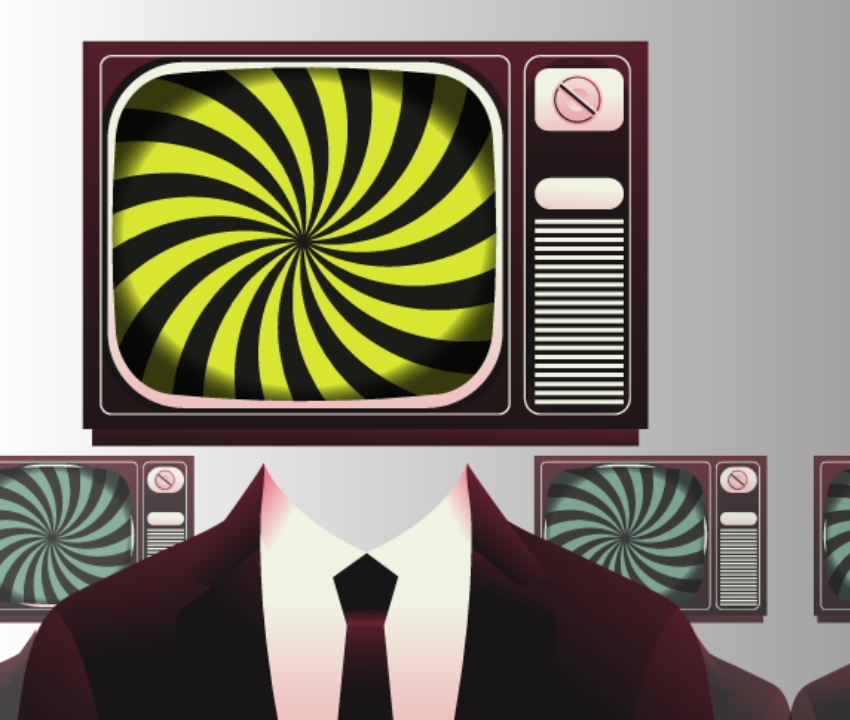When you use a voice assistant like Siri, or facial recognition on your cellphone, or take a reCAPTCHA security test to log in to a website, you’re using Artificial Intelligence (AI).
But is AI a friend or foe?
LINK writer Rachel Henry checks in with the OpenAI tool ChatGPT, then asks Wunmi Adekanmbi (with the Catalyst Group, a team focused on exploring digital future readiness at SAIT) and AI specialist Lauren Dwyer (with SAIT’s School for Advanced Digital Technology) what ChatGPT’s answers can tell us about AI and its future. (Interviews took place in February 2023, before the release of GPT-4).

WUNMI ADEKANMBI
Applied Product Management '22
Digital Catalyst, The Catalyst Group, SAIT

LAUREN DWYER, PhD (Toronto Metropolitan University and York University)
Academic Chair, Data Analytics and Artificial Intelligence
SAIT School for Advanced Digital Technology
A Conversation with ChatGPT
Henry asked ChatGPT to write a short “bio” to describe what it is and what it does. ChatGPT answered by describing itself as...
🤖 “A chatbot development company that enables businesses to create and deploy chatbots for their websites and mobile apps …. Our chatbots are designed to help businesses increase engagement with their customers, drive sales and improve customer service. We also offer a chatbot development platform that makes it easy for businesses to create.”
Then, we asked ChatGPT what it does well, what it could do better, and if it’s able to reflect on self-improvement. It answered that it...
🤖 “... provides an easy-to-use interface and a wide variety of chat rooms. However, I could do better by increasing the number of users in each chat room. I am able to reflect on this idea of ‘self’ improvement. I am currently working on becoming a better listener.”
Here's what Adekanmbi (WA) and Dwyer (LD) had to say about ChatGPT's responses.
Are ChatGPT’s answers correct? If not, what could be changed to improve them?
WA: As the technology evolves, accuracy improves. When I asked ChatGPT again recently, I wasn’t able to regenerate the same response. Instead, ChatGPT correctly described itself as an AI language model designed to process and generate human-like text. The responses we get are directly related to the prompts we provide, so the idea of prompt engineering is gaining attention — we need to learn how to ask the right questions so we can get the right answers for our specific needs.
Will this technology take people’s jobs?
WA: AI language models will automate rote tasks, however they can’t entirely replace humans — human oversight, decision-making and intervention will always be necessary. Curiosity, adaptability and continuous learning will help humans stay in the game. Working with AI also creates new jobs such as prompt engineering.
How does ChatGPT write what it writes?
LD: GPT stands for Generative Pre-trained Transformer. ChatGPT is programmed and reinforced to answer questions and form text using a large amount of data from the internet and a human-reinforced deep learning model where we’re able to correct and modify as we interact with it.
Why is this evolution of AI drawing so much attention — and where is AI going next?
LD: There’s a general misconception of what AI is, but most AI is designed for specific jobs. AI is a culmination of advancement in technology, and its future stretches beyond the limits of our imaginations. It can be used in any way, as long as we’re doing it responsibly, putting people first, and maintaining the importance of human interactions.
AI: an expert's view
Dr. Lauren Dwyer, Academic Chair of Data Analytics and Artificial Intelligence (AI) for SAIT's School for Advanced Digital Technology, shares her insights of AI and its opportunities for everyday life.

Oki, Âba wathtech, Danit'ada, Tawnshi, Hello.
SAIT is located on the traditional territories of the Niitsitapi (Blackfoot) and the people of Treaty 7 which includes the Siksika, the Piikani, the Kainai, the Tsuut’ina and the Îyârhe Nakoda of Bearspaw, Chiniki and Goodstoney.
We are situated in an area the Blackfoot tribes traditionally called Moh’kinsstis, where the Bow River meets the Elbow River. We now call it the city of Calgary, which is also home to the Métis Nation of Alberta.
